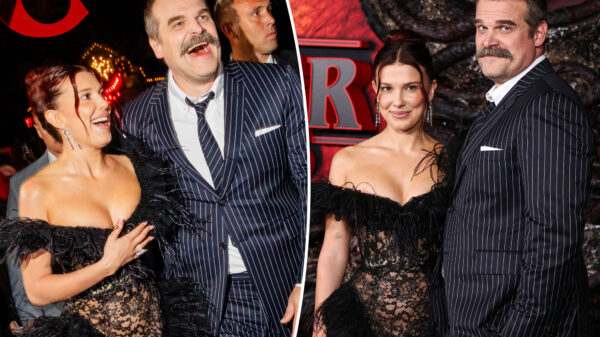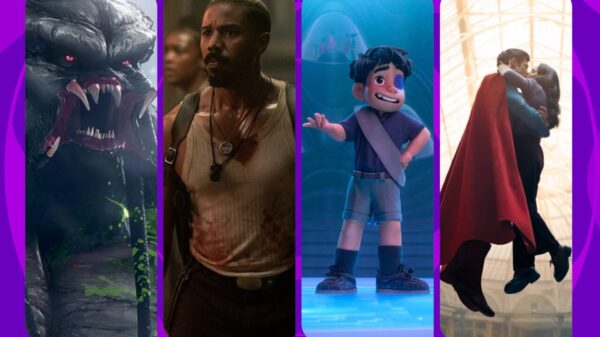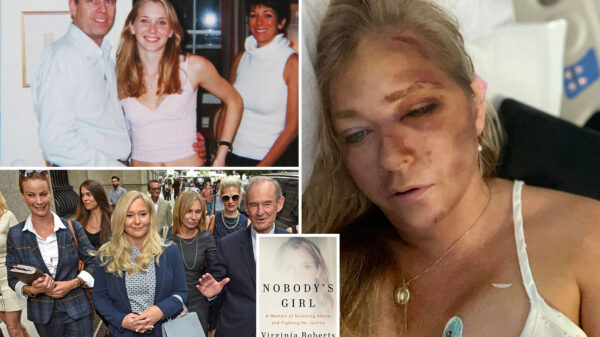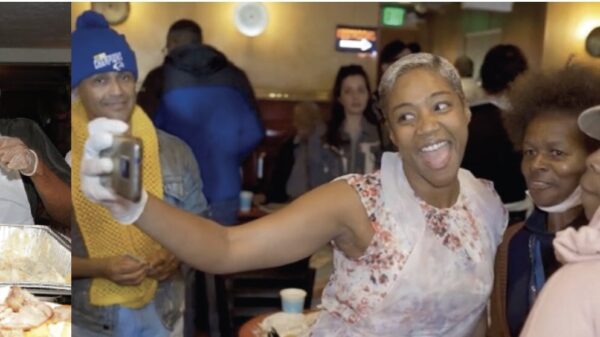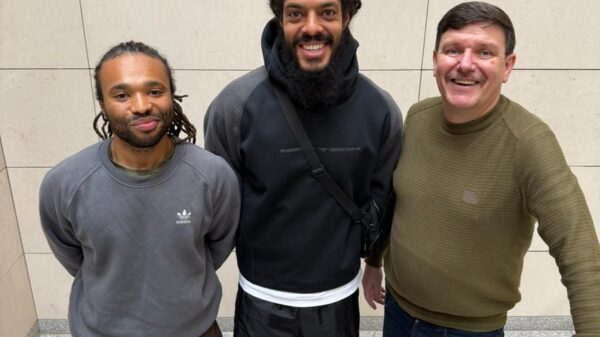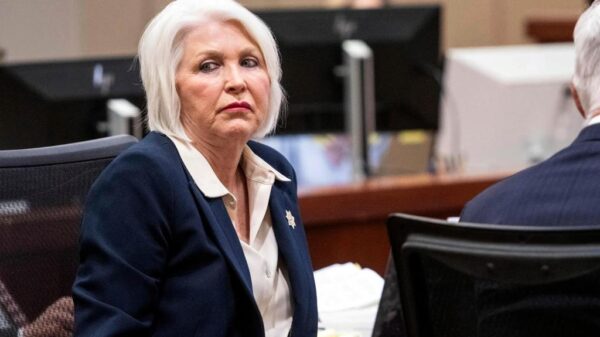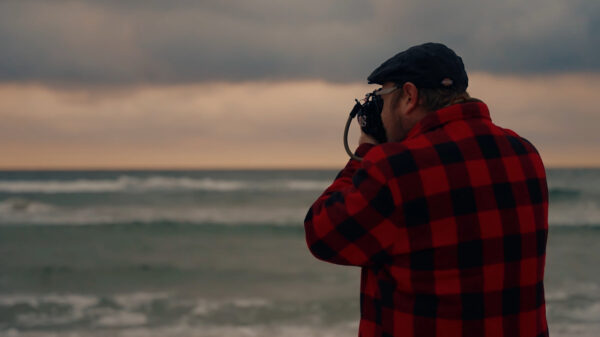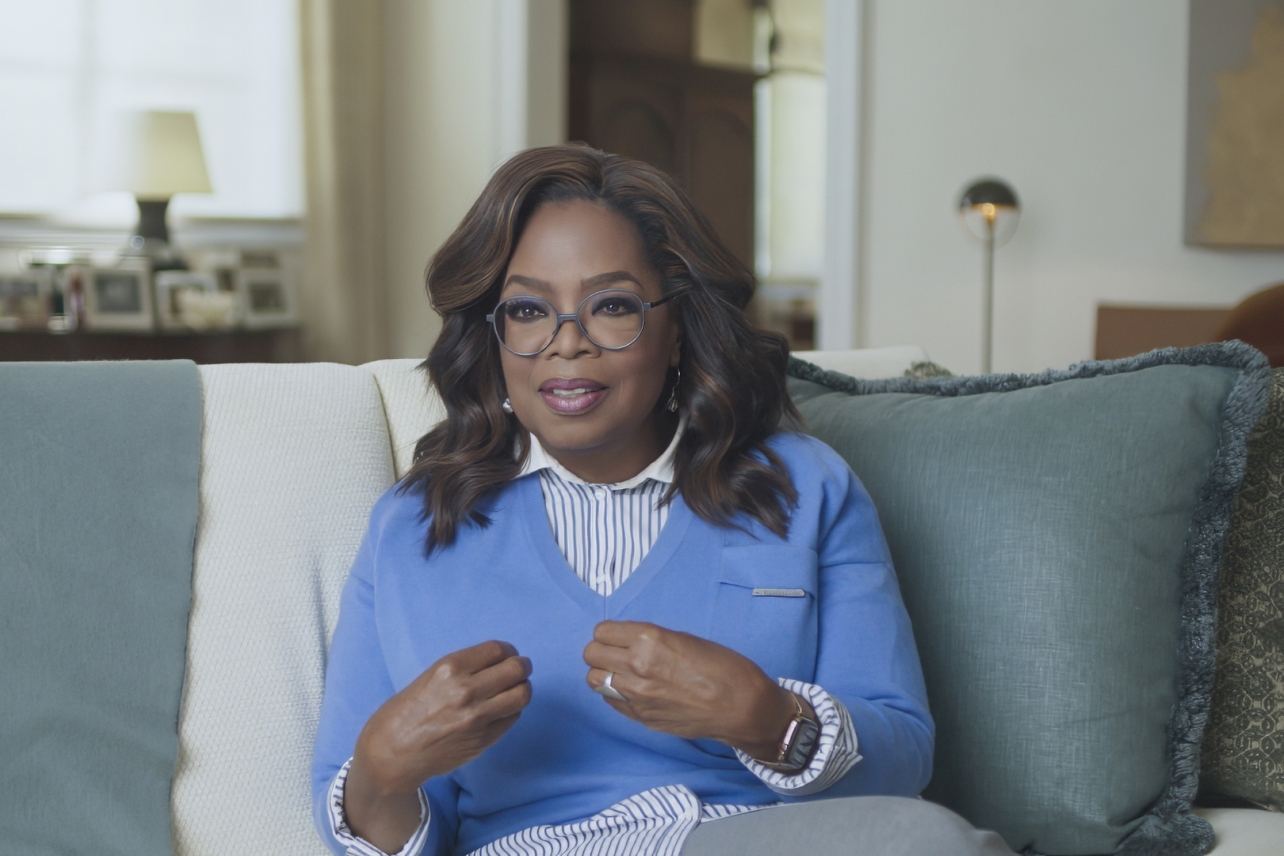JUST ANNOUNCED: HBO’s highly anticipated two-part docuseries, Seen & Heard: The History Of Black Television, is now streaming, offering a vital examination of Black representation on television over the past 75 years. Executive produced by Issa Rae and directed by Giselle Bailey, this groundbreaking series combines archival footage with candid interviews featuring icons like Oprah Winfrey, Tyler Perry, and the late Malcolm-Jamal Warner.
The docuseries is structured around two episodes titled “Seen” and “Heard,” with the first focusing on on-screen representation and the second exploring behind-the-scenes contributions. As Bailey chronicles the evolution of Black television—from the controversial Amos ‘n’ Andy to today’s diverse programming—it becomes clear that authentic portrayals of Black lives emerged only when individuals from the community began to take control of storytelling.
The significance of this release is immediate, as it addresses ongoing discussions about representation in media. Winfrey recalls a childhood void of relatable images, noting that in the late 1950s and early 1960s, she identified more with a white model than any Black character on screen. This stark reality underscores the docuseries’ critical examination of representation and the systemic barriers faced by Black creators.
Bailey’s documentary does not shy away from complex narratives. It critically assesses the impact of legendary producer Norman Lear and his shows, including Good Times and The Jeffersons, which featured predominantly white writing teams. A revealing outtake from a 1970s interview with Lear highlights how the lack of Black writers’ experience contributed to a misrepresentation of Black stories.
The series also revisits the legacy of The Cosby Show, scrutinizing how recent controversies have forced a reevaluation of its cultural significance. Furthermore, it highlights the crucial role of Black sitcoms in establishing networks like FOX, UPN, and The WB, while lamenting how these shows were often discarded in favor of more mainstream, white-centric programming.
Viewers can expect poignant moments, such as Tracee Ellis Ross’s nostalgic reflection during her appearance on Jimmy Kimmel Live. She expresses a hope for progress, stating, “I hope we don’t go back,” underscoring the ongoing struggle for representation in media.
This docuseries is not merely a celebration; it is an urgent call to action. It reveals the bittersweet journey of Black representation in television and the ongoing battles that still exist. The series’ exploration of how Black comedies shaped the television landscape offers a rich tapestry of triumphs and setbacks, revealing that while strides have been made, there is still much work to do.
As audiences dive into Seen & Heard, they will witness not only the achievements of Black television pioneers but also the obstacles that remain. The series serves as a reminder that while the landscape of representation is more diverse than ever before, the fight for authentic storytelling continues.
OUR CALL: STREAM IT. Seen & Heard: The History Of Black Television dives deep into the complexities of representation, making it a must-watch for anyone invested in cultural narratives and media evolution.





